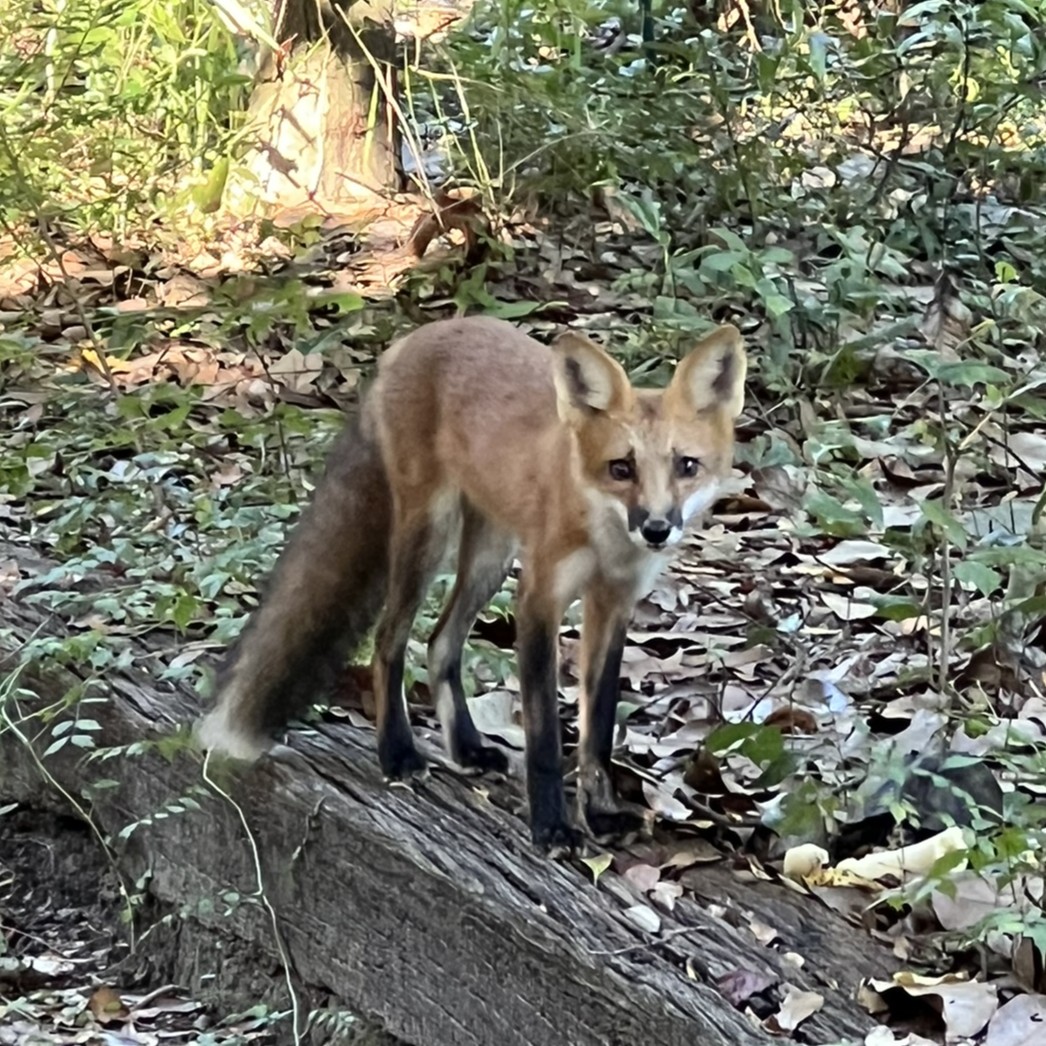Of the many common small mammals that we encounter in our lives, Red Foxes always seem to invoke the most excitement. People are quick to report sightings, especially in urban settings, where most of us think they must be lost. But foxes are smart and cunning and have long found refuge and comfort living next door to us.
If you watch British dramas like my wife Mary and I do, it is not uncommon to hear the calls of Red Foxes in the background of a nighttime scene. Their eerie cries are distinctive, and these foxes are common inhabitants across Britain. In fact, Red Foxes range across the entirety of the Northern hemisphere, originating in Eurasia about 400,000 years ago. They crossed into North America about 130,000 years ago and have found homes in as wide a range of habitats and geography as any mammal. At least 45 subspecies are recognized.
Many cultures across their range have stories and names for them. The word fox is derived from Ole English, that in turn comes from other European words that refer to their thick-haired tails, a distinguishing feature. But foxes are also recognized as being clever, cunning, or sly and the word fox is often used in that way, as in “that fella is sly as a fox”. The word also refers to a good-looking woman or man. A female fox is known as a vixen.
In any case, Red Foxes are both clever and good-looking. They are easily recognized by their sleek shape, reddish fur, bushy tail, and their black stocking feet. At times they may be mistaken for Gray Foxes, that are smaller, with less distinctive characteristics. But Red Fox tails are always white-tipped.
The neat thing about them is that they are tolerant of human presence, although we may not always notice them. They are active throughout the day, mostly at twilight, but can be seen during daylight, especially when they have young to care for. But they are rarely seen, likely because of our habit of staying indoors. They do stay just out of sight most of the time, although they can at time tolerate our presence and walk by. They create their dens in secluded sites, like under a shed, in a brush pile, or in burrows dug into the ground, in those undeveloped places across our communities.
Red Foxes have a varied diet that includes small rodents, rabbits, squirrels, reptiles, invertebrates and fruits and vegetable matter. They will not turn down a chicken, if they can grab one, and my chicken rearing friends are usually not fans, although other predators pose greater risks. This is one of two reasons that foxes get a bum rap from some folks. Foxes are also susceptible to rabies and canine distemper. But so are other common mammals, like racoons, that most of us like. They are of course wild animals and should be left alone.
Overall, these gorgeous creatures are simply happy to hang out, amongst us oblivious humans, staying just out of sight. They may well share interesting stories about their observations of us, like “just look at those humans staring at us, as if they have never seen us before. We were here first!”
So, fear not the Red Fox. Enjoy seeing them if you are so lucky and admire them for being one of the most adaptable and widespread furry creatures across our world.
Hope to see you in our great outdoors!




